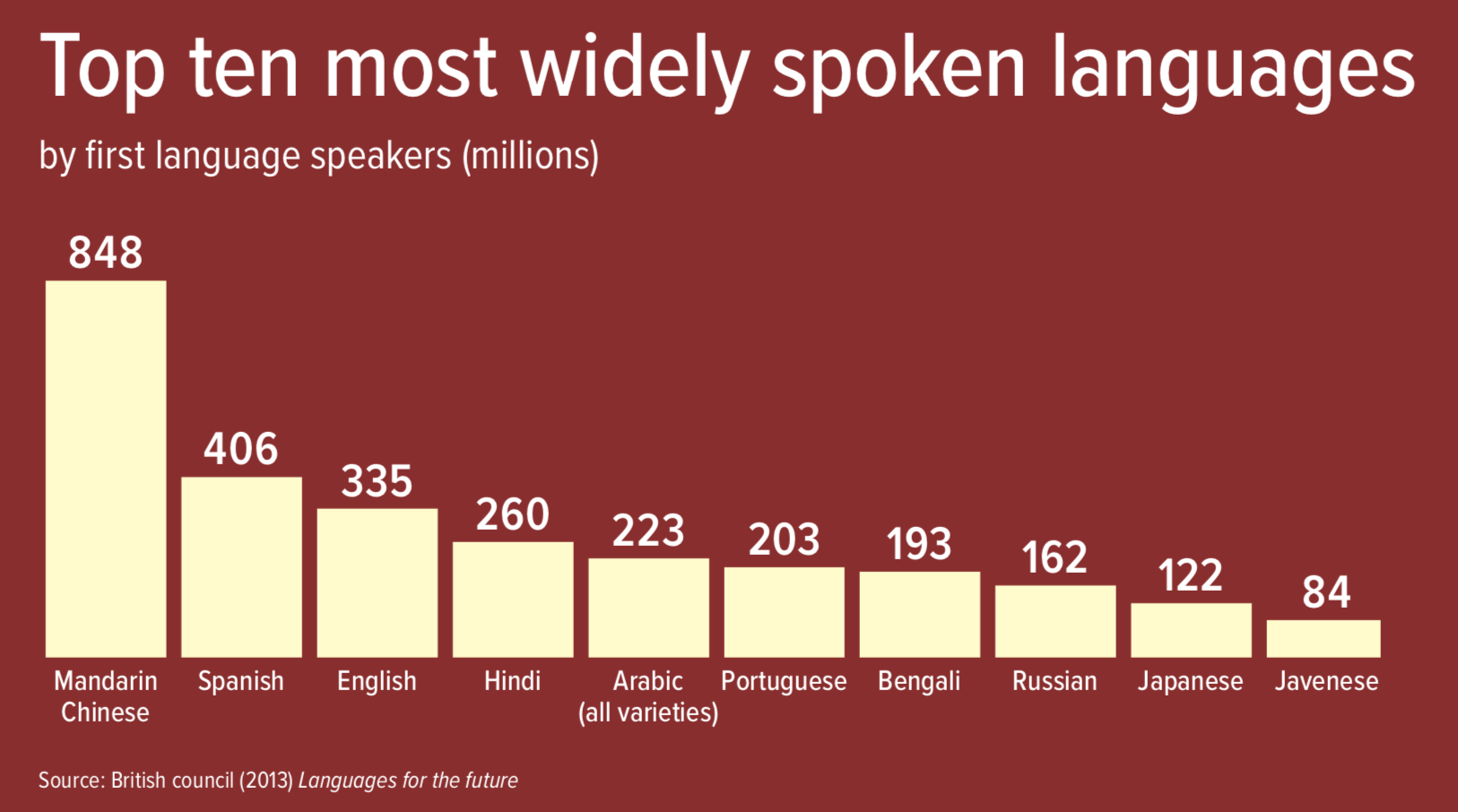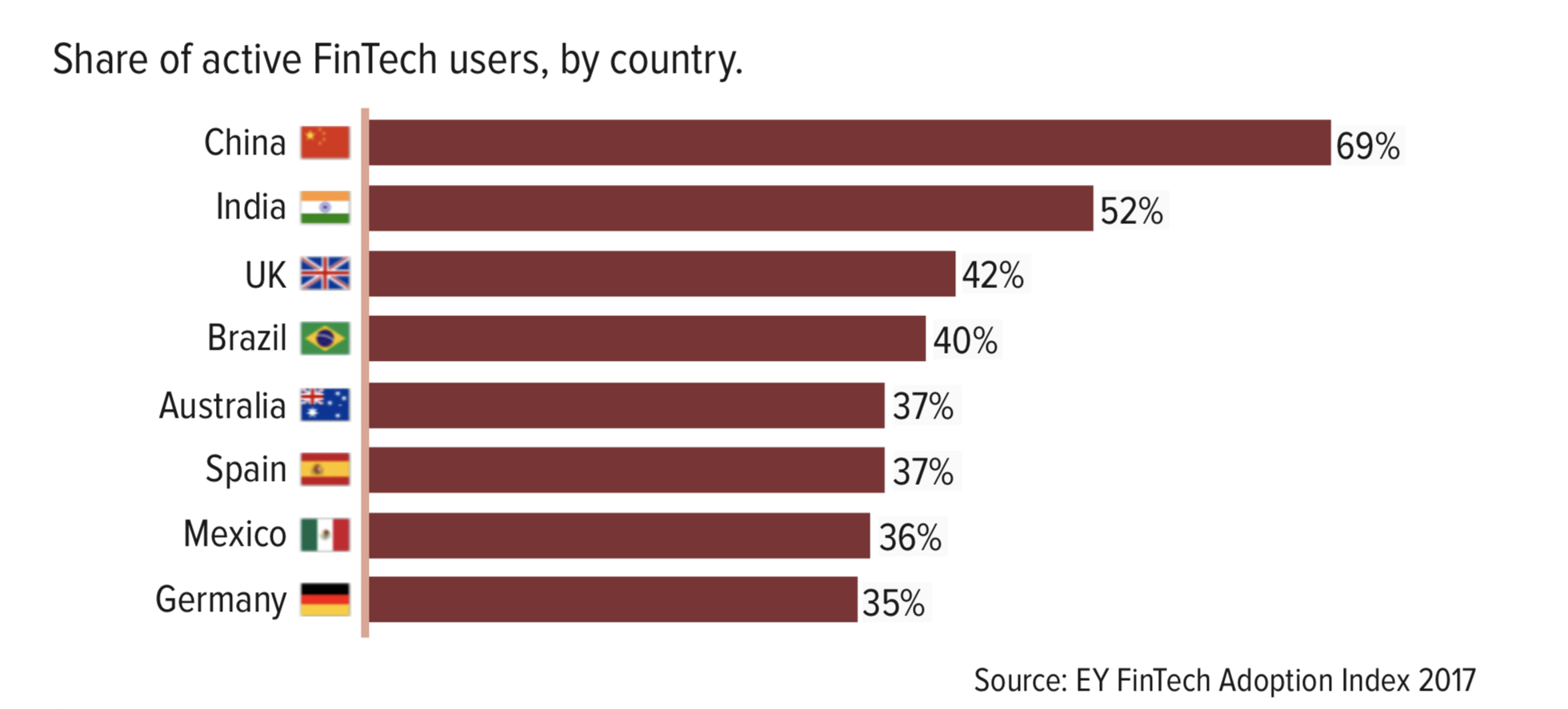PART I. The Basics of Website Localization
You have carefully developed your website. Crafted unique content. Optimized the SEO and marketing parameters. But If you want to reach a broad audience, you need to give your visitors the option of a tailored experience. And for that, you need localization. Your content must be localized in order to be adapted to your international target audience —an essential part of marketing that plays a vital role in growing your business.
What is Website Localization?
Localization, also referred to as L10N, is much more than simple translation, as the context and cultural differences of your target audience are always taken into consideration during the process. A true website localization specialist has deep knowledge regarding web practices and local culture, on top of their language expertise.
To successfully localize your content for international markets, it is important to:
-
Localize all the images and graphs to appeal to local audiences
-
Ensure that the website page layout supports the localized site language format (reversal page layouts for right-to-left reading for languages such as Hebrew and Arabic)
-
Update units of measurement, date and time formats
-
Make sure to avoid certain language or references that can be regarded as disrespectful in the target culture
-
Make the language versions of the website easily accessible
The primary goal of localization is to ensure that the product or service content that you show on your website looks and feels like it was originally created for the audience it is localized for.
Why do You Need to Speak Your Customers’ Language?
Only 1 out 4 Internet users speak English as their first language, although it is true that many more can have a certain degree of understanding of the language. If you want to be noticed online and attract international clients, you need to be prepared to offer your content in a way that they can understand.
Being able to read and understand your website in their own languages —as if it had been specifically created for them— will create trust among your customers, and trust will lead to a higher number of sales.
Website localization is a long term investment, but it provides good results and a strong competitive advantage when it is done the right way.
What Languages Should I Translate into?
That really depends on your business objectives and your target audience, as you are the one who knows where you want to market your products or services. It’s important to consider both the languages your online visitors speak and also the and the languages (or markets) that can bring a stronger buying power.

If we look at the Internet users by language, we see the following:
English has 870+ million speakers
Chinese has 700+ million speakers
Spanish has 255+ million speakers
Arabic has 168+ million speakers
Portuguese has 131+ million speakers
Or you can decide based on the language of the most active users in the field you are in. For example:

If you are still unsure, you can contact your Language Service Provider. They will be able to give you good advice as they already have the expertise and industry and language knowledge.
-------
Not sure where to start localizing your page? Keep reading to find out the solutions we work with at Kotoba Translation.


